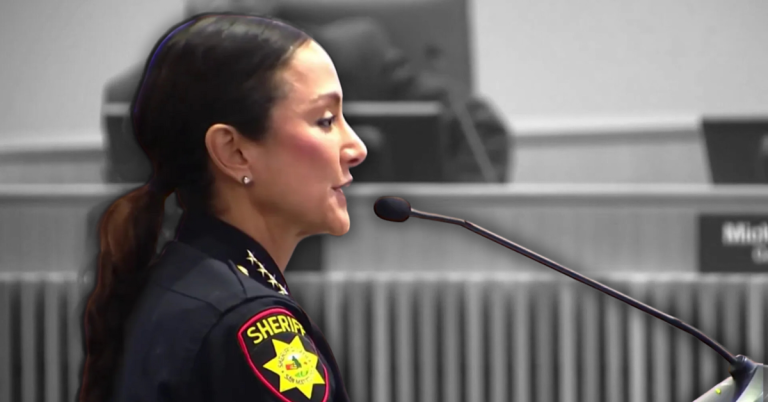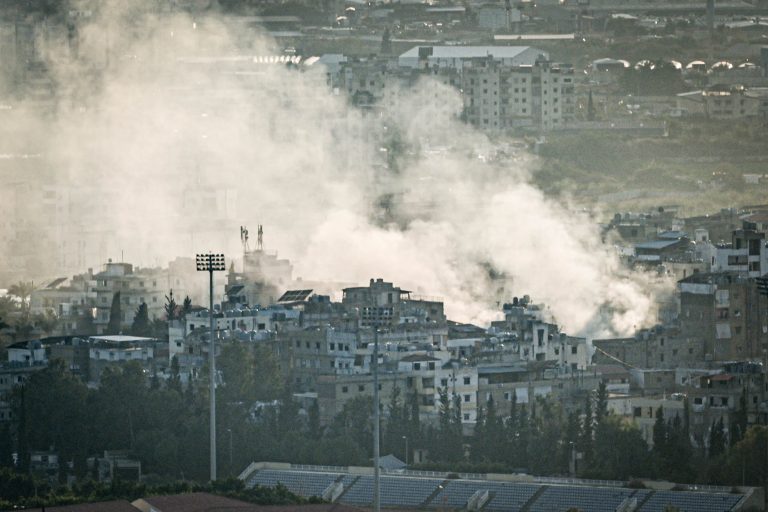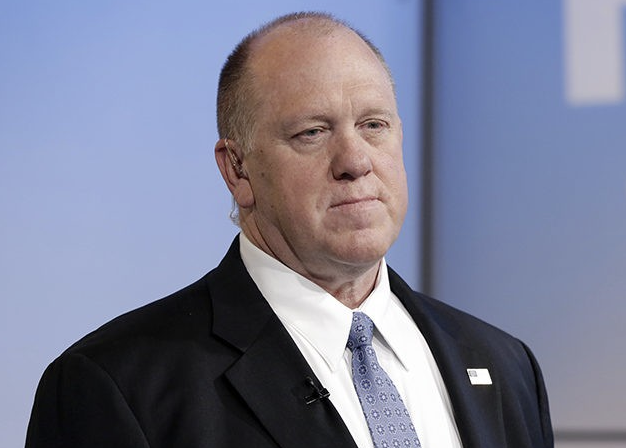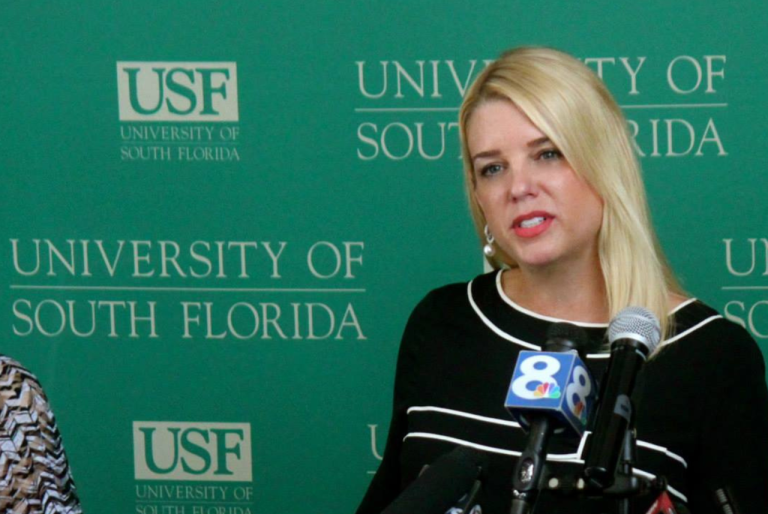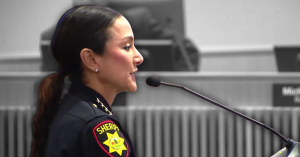
Listen to this note:
Acompañado por dos capitanes de la Oficina del Alguacil que a principios de esta semana pidieron a su jefe que renunciara, el supervisor del Condado de San Mateo, Ray Mueller, compartió la prueba forense definitiva de que el insulto homofóbico atribuido a la alguacil Christina Corpus en el informe independiente publicado recientemente por la juez LaDoris Cordell, se originó en su teléfono.
Mueller y la Supervisora Noelia Corzo también publicaron una demanda gubernamental de un capitán anterior que renunció en vez de arrestar al presidente de la Asociación de Alguaciles Adjuntos, siendo la primera demanda en lo que los líderes del condado esperan que sea una avalancha de litigios potencialmente costosos que serían pagados por los contribuyentes.
“Se trata de dinero que debería haberse utilizado para ayudar a los hambrientos, los enfermos y las personas vulnerables de este condado”, afirmó Mueller.
Mueller y Corzo también publicaron un memorándum fechado el 14 de noviembre de 2024, del suboficial del alguacil a la alguacil.
En el documento, el suboficial del alguacil afirma que Victor Aenlle, que en ese tiempo había dejado de ser empleado del condado, le sugirió que cambiara los códigos de la caja fuerte de armas de la oficina ejecutiva y declaró: “Así es como me van a capturar”. Según el memorándum, Perea no obedeció, citando la investigación en curso, y pidió a Aenlle que no volviera a ponerse en contacto con él.
En conjunto, estas pruebas respaldan las conclusiones del informe de Cordell y demuestran que la serie de represalias y actos cuestionables continúa hasta la fecha, afirmó Mueller.
Mientras tanto, la Junta de Supervisores refirió que la Oficina del Sheriff sigue sufriendo una hemorragia de personal.
Mueller citó un documento organizativo del personal de mando del alguacil, señalando que el suboficial del alguacil es el único miembro del equipo de liderazgo, aparte de la alguacil, que no ha renunciado, y que dos puestos de capitán están vacantes.
Casi todo el personal ejecutivo y de mando fue contratado o ascendido por Corpus, explicó Mueller, por lo que “cuando afirma a los medios de comunicación y a los residentes del condado que está luchando contra una red de viejos amigos, está siendo deshonesta”.
Por su parte, Corzo llamó a que el condado y, específicamente, las comunidades latinas que apoyaron a Corpus, ver detrás de sus mentiras.
“Necesitamos un alguacil en el que podamos confiar”, dijo Corzo.
You may be interested in: San Mateo County supervisors ask voters for power to recall Corpus Sheriff

